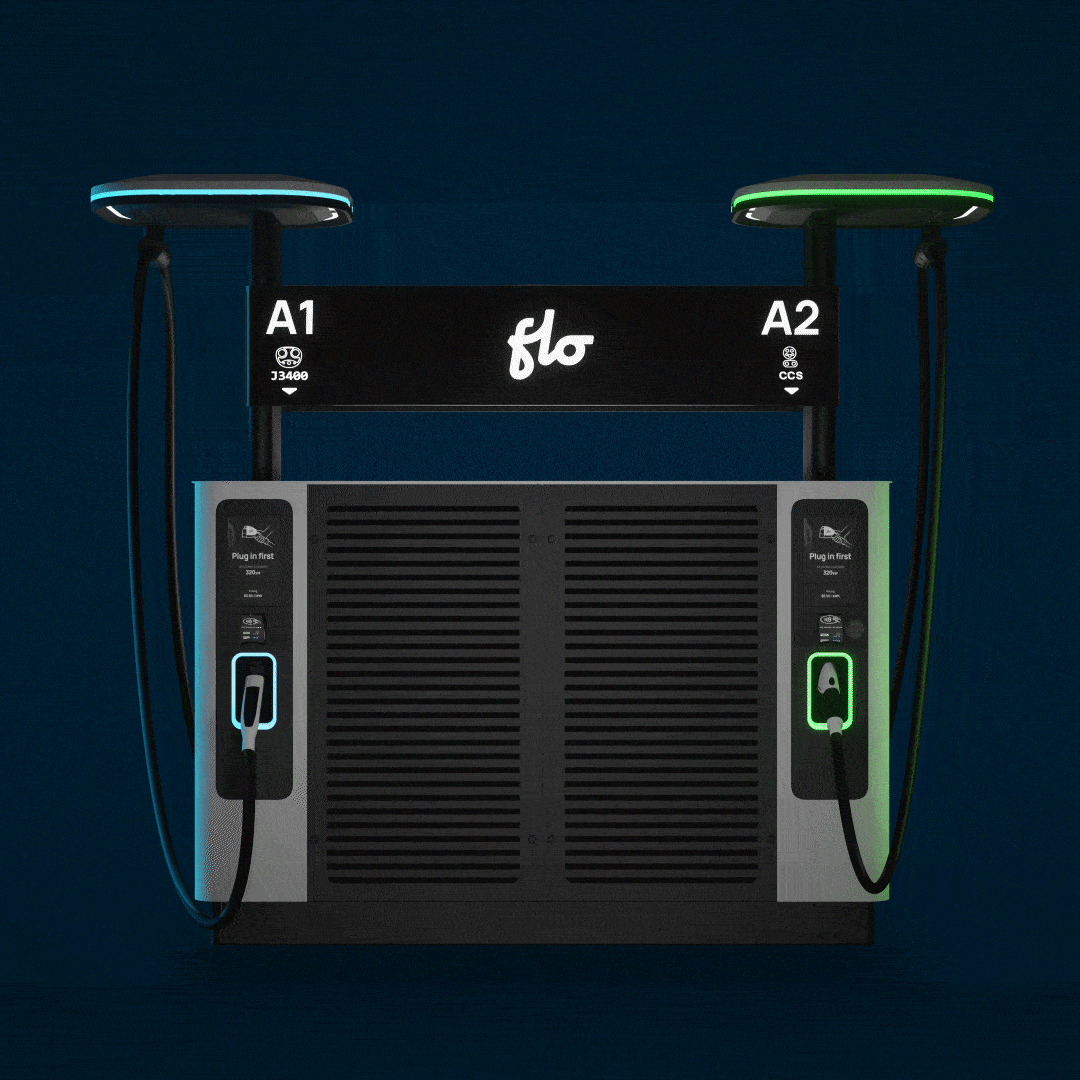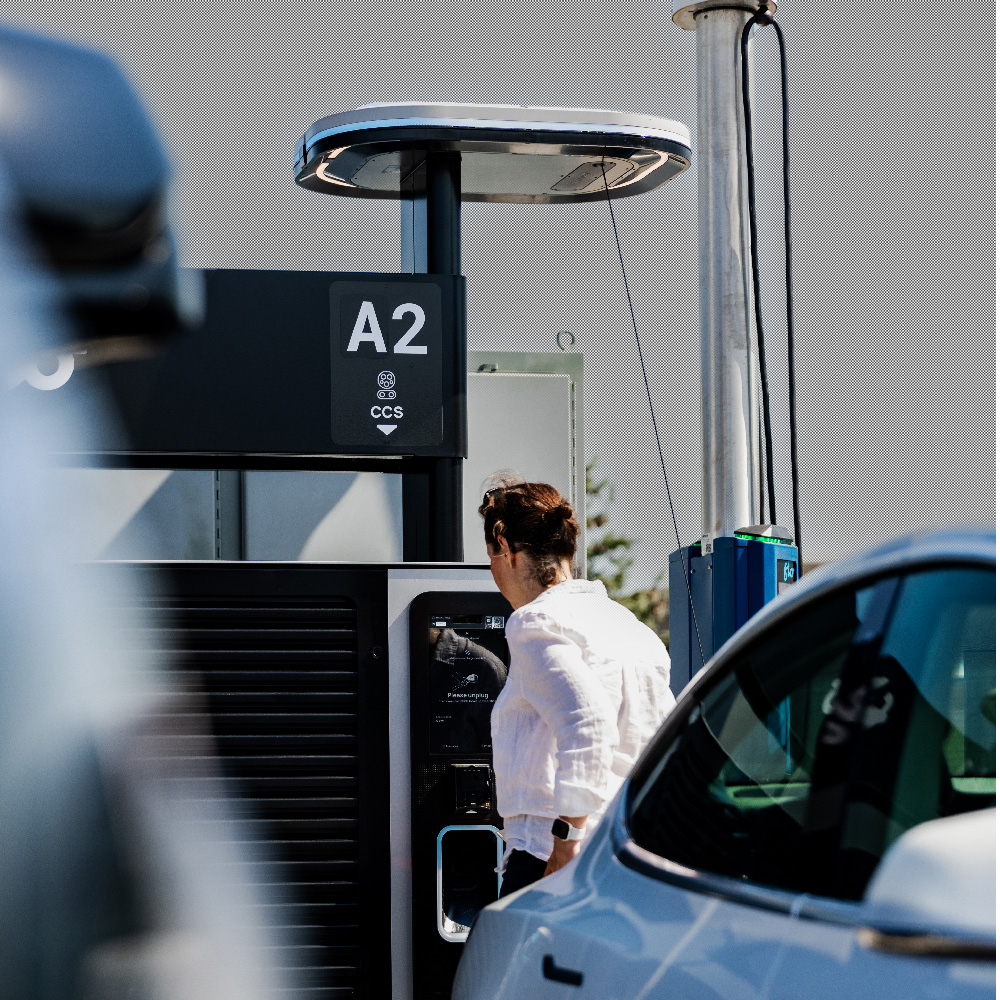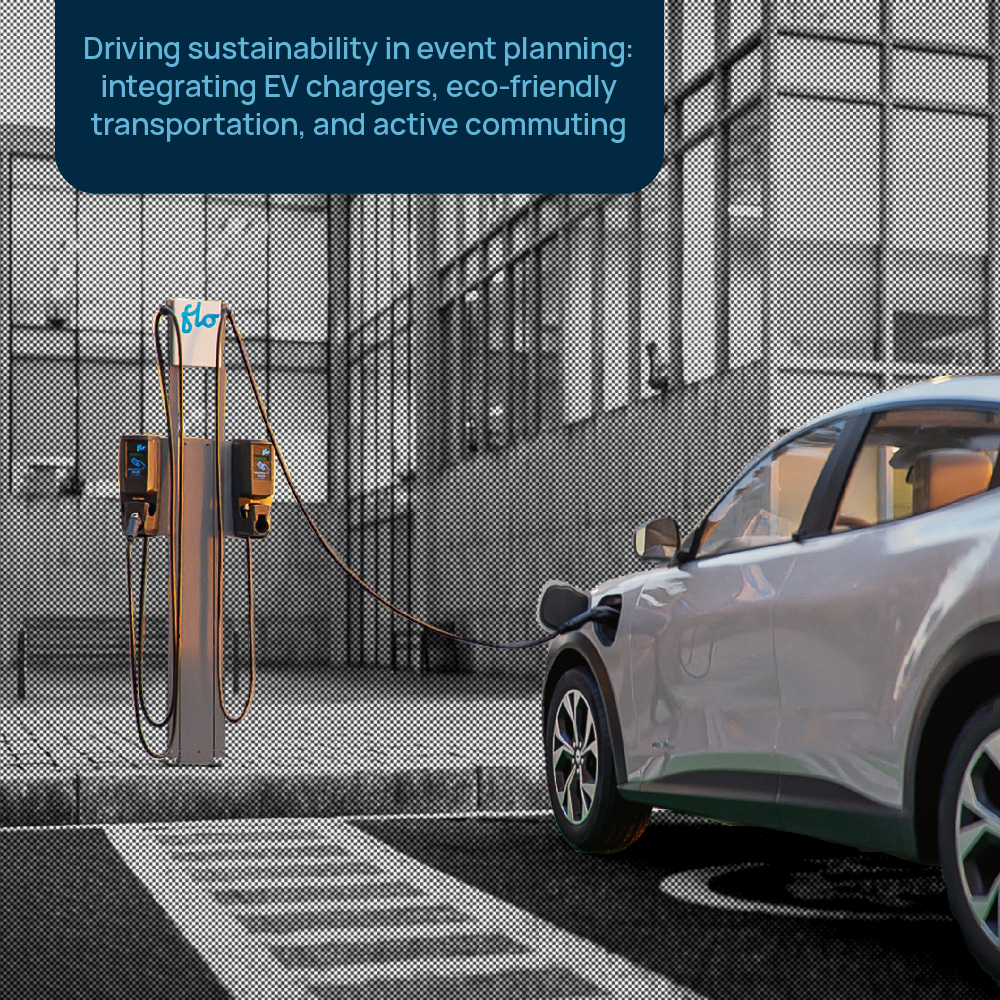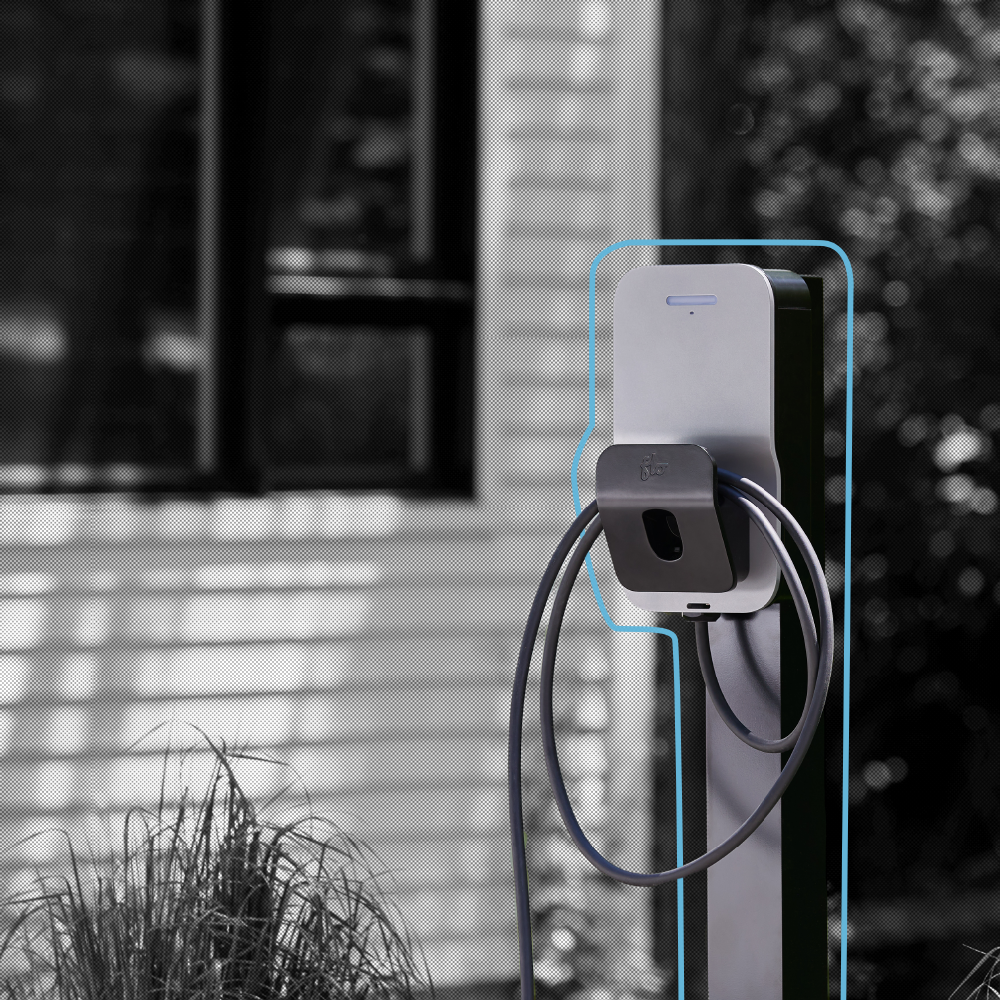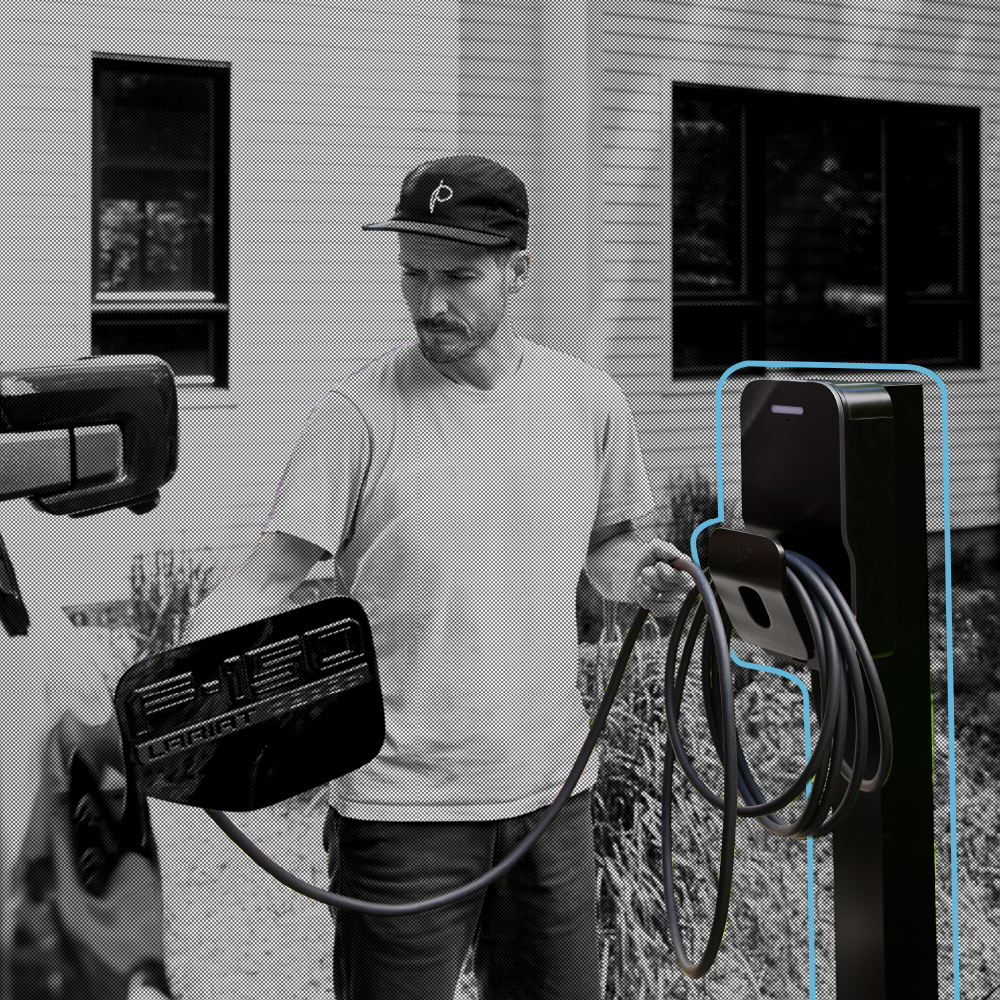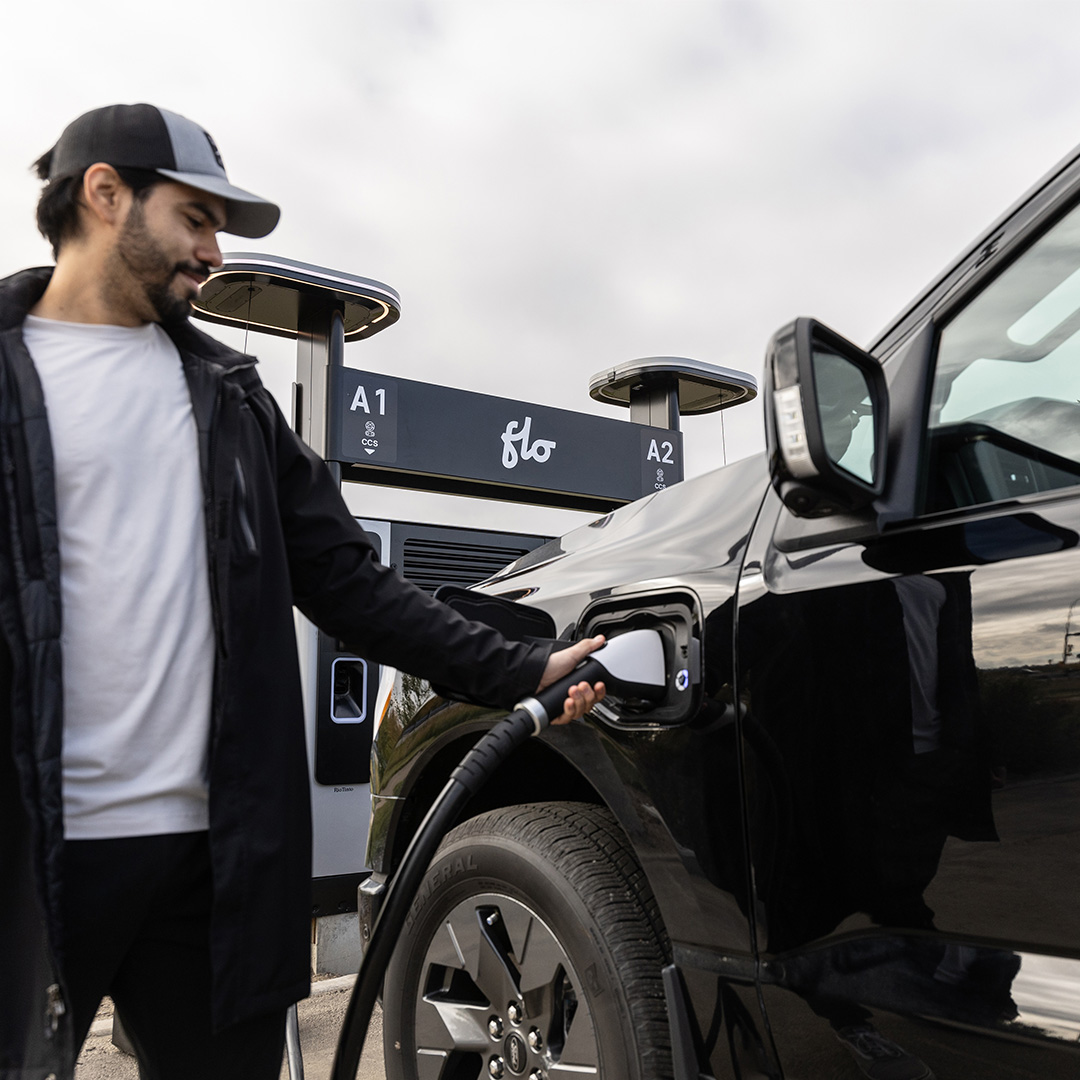By Cory Bullis, Senior Public Affairs Specialist, FLO
Previously, we suggested that utilities, EV charging companies, and site hosts strive for an uptime of 97 percent for public charging stations over a 12-month period at this stage of market development, ideally with more than one station deployed at a given site to ensure redundancy (i.e. to provide a backup if one station is down for maintenance).
This standard provides a high level of reliability to serve drivers, but also allows for needed flexibility to charging providers. Reliability targets are a critical requirement for any public stations deployed using public or ratepayer funding, because they help drive consumer confidence in EVs and assure members of the public that their valuable incentive dollars are spent wisely.
If companies fail to meet an appropriate reliability standard, governments and utilities should have the ability to reclaim the public funds used to deploy those stations. It’s a best practice that incentives of any kind have performance standards, and requiring repayment is not an uncommon procedure to ensure accountability and good stewardship of public dollars.
In addition to choosing the right uptime percentage, there is also another more complicated question: how do we calculate charger uptime (not to be conflated with network uptime) accurately, and in a standardized fashion, so that everyone is reporting uptime based on the same considerations? If governments and utilities are going to require a minimum level of uptime, they need to receive the same type of data, with the same assumptions built in from charging networks so they have an accurate picture of how well stations are performing. Otherwise, inconsistent data will not only prevent them from assessing overall performance of current stations, but also undermine their ability to plan for future infrastructure needs.
Each entity has different responsibilities to ensure reliability
This discussion will focus on charger uptime from the EV charging network’s perspective, focusing on issues which network providers can control.
Charging networks should be able to resolve software or other communication issues with the charger and to provide maintenance for the physical station, provided a maintenance plan and/or warranty is in place, but they cannot control upstream power issues, which is the utility’s responsibility, or site accessibility, which is the site host’s responsibility, if the site host is not also the network operator.
Vandalism of the charging station raise issues that deserve special consideration. Charging networks (and even site hosts) typically are unable to control instances of abuse or vandalism on stations that are open to the public. Given the growing focus of many leading governments on equitably deploying charging stations, so that all communities can benefit from EVs, outage time resulting from vandalism may have to be excluded from calculating uptime. Failing to exclude vandalism could unintentionally disincentivize station deployment in locations with higher vandalism rates, to the detriment of all. Alternatively, governments may need to consider a substantial increase in incentives to achieve sustainable deployments in areas where vandalism is more common.
A formula to measure reliability
With this framework in mind, we are sharing a simple formula to calculate uptime. There are three key terms you need to know to understand it:
- Time to restore service (“Outage Time”): The time required to bring the charger back online (also called “downtime”). The clock starts ticking the moment the charger is identified as being offline.
- Excluded time: The time a charger is offline due to issues outside the EV charging network’s control (e.g. waiting for upstream power restoration, broader internet or cellular outages not related to the station and repairing vandalism).
- In-service time: The time a charger is available for use or in use.
Typically, FLO calculates uptime over a 12-month period, but uptime can be calculated over any period. We use the following formula:

Another way of putting it:
Step 1: Obtain the net Outage Time by:
- Summing the total time the charging stations were unavailable for use
- Subtracting the sum of all of the excluded time from the charging stations
Step 2: Calculate the total in-service time for the charging station(s) question by multiplying all of the hours in the period by the number of charging stations being assessed. Then subtract the net Outage Time from this total.
Step 3: Divide the result from steps 1 and 2 by the in-service time. Multiply the result by 100 to get the uptime percentage.
The formula in action
Let’s operationalize the uptime formula with real data from a subset of FLO’s stations in Canada. We want to know the overall uptime of approximately 9,000 public charging stations for the last 12 months. During this period, 80 chargers went offline for various reasons collectively logging 1,214 hours of outage time. Looking at the formula above, here are the figures we need to plug in:
- Time to restore service (Outage time): 1,214 hours
- Excluded time: 10 hours
- In-service time: Number of hours in the period: 8,760 (24 hours multiplied by 365 days) ; Number of available public stations: 9,000

For these stations, we had 99 percent uptime, which we are proud to consider very reliable!
With a standardized formula, charging networks can provide automated reports to funders. The data, in turn, can help governments and utilities evaluate how to improve the effectiveness and operations of charging stations they fund, which ensures drivers everywhere equally benefit from a great EV charging service and the promise of EVs.
If you are interested in discussing this formula or how to incorporate it into an incentive program, FLO is always happy to lend its expertise.

